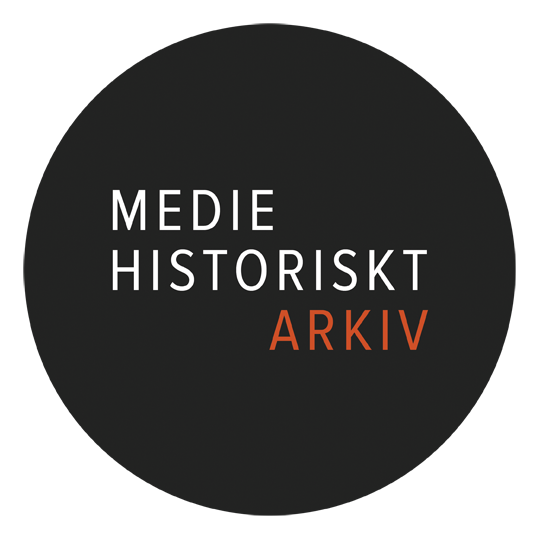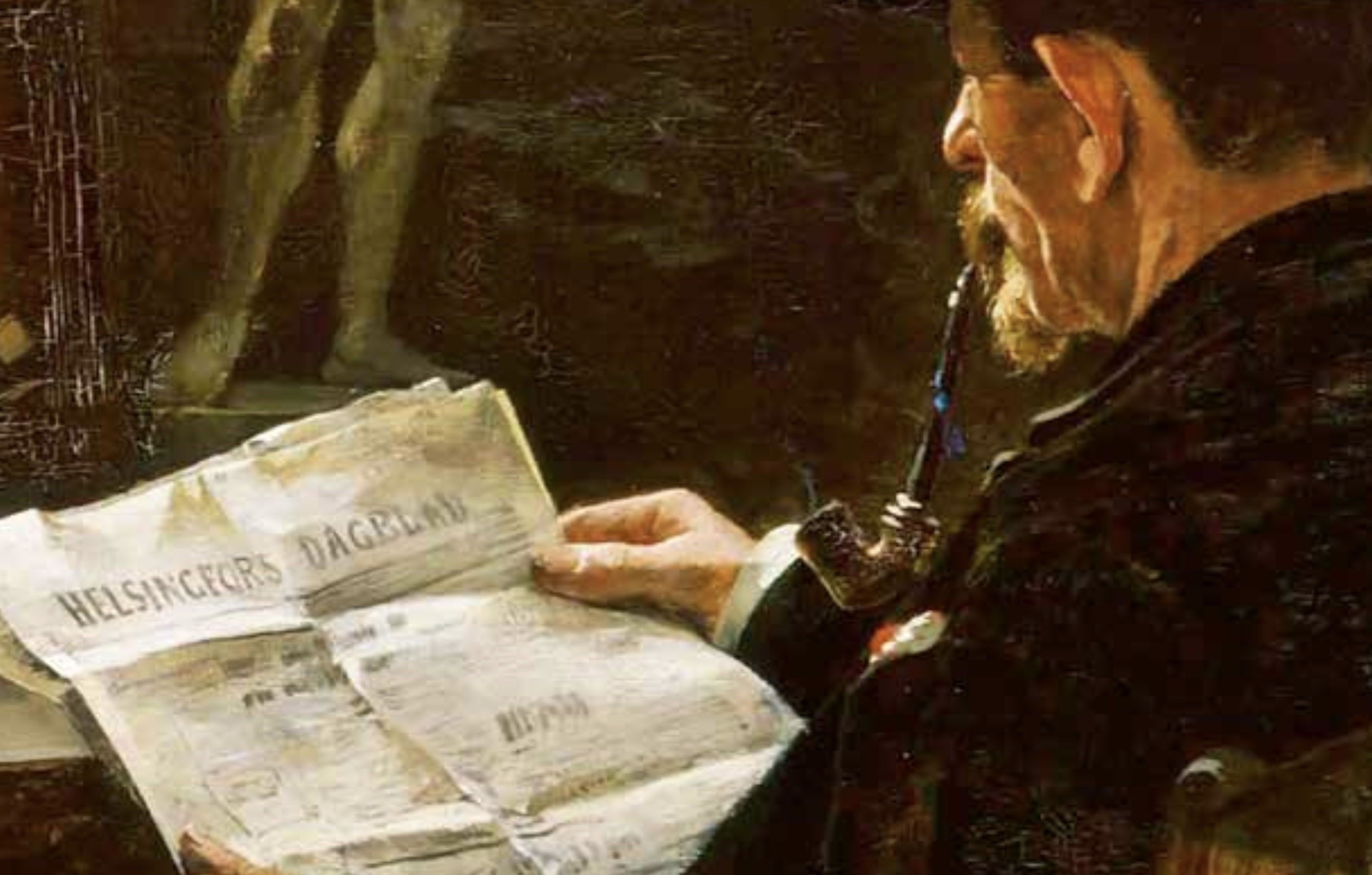Information Flows across the Baltic Sea: Towards a Computational Approach to Media History
In the new book, Information Flows across the Baltic Sea: Towards a Computational Approach to Media History, Finnish and Swedish historians focus on shared Swedish-language newspaper texts and formats, exploring the mechanisms through which news, announcements, literary texts, advertisements and other contents were copied and reprinted across the Swedish-language press in Sweden, Finland and Swedish America. Today shared media content and virality represent significant phenomena, but they are not as unique to our current society as commonly assumed. More than a century before the internet, information circulated within a network of newspapers that borrowed texts from both nearby and distant sources. From the late eighteenth century to the early twentieth century, newspapers gradually gained greater significance as a technological medium. However, a fundamental yet often overlooked characteristic of these newspapers was their cut-and-paste nature, which facilitated the widespread dissemination of text items in time and space. Employing a computer-assisted methodology to identify chains of text reuse in over 7.5 million newspaper pages derived from 1629 distinct newspaper titles, Information Flows across the Baltic Sea introduces a comprehensive database of reused texts. It examines the types of content that traversed transnationally and those that remained local. By combining a digitally enhanced bird’s-eye view with meticulous close readings, the book widens our understanding of the cultural relations across the Baltic Sea.

